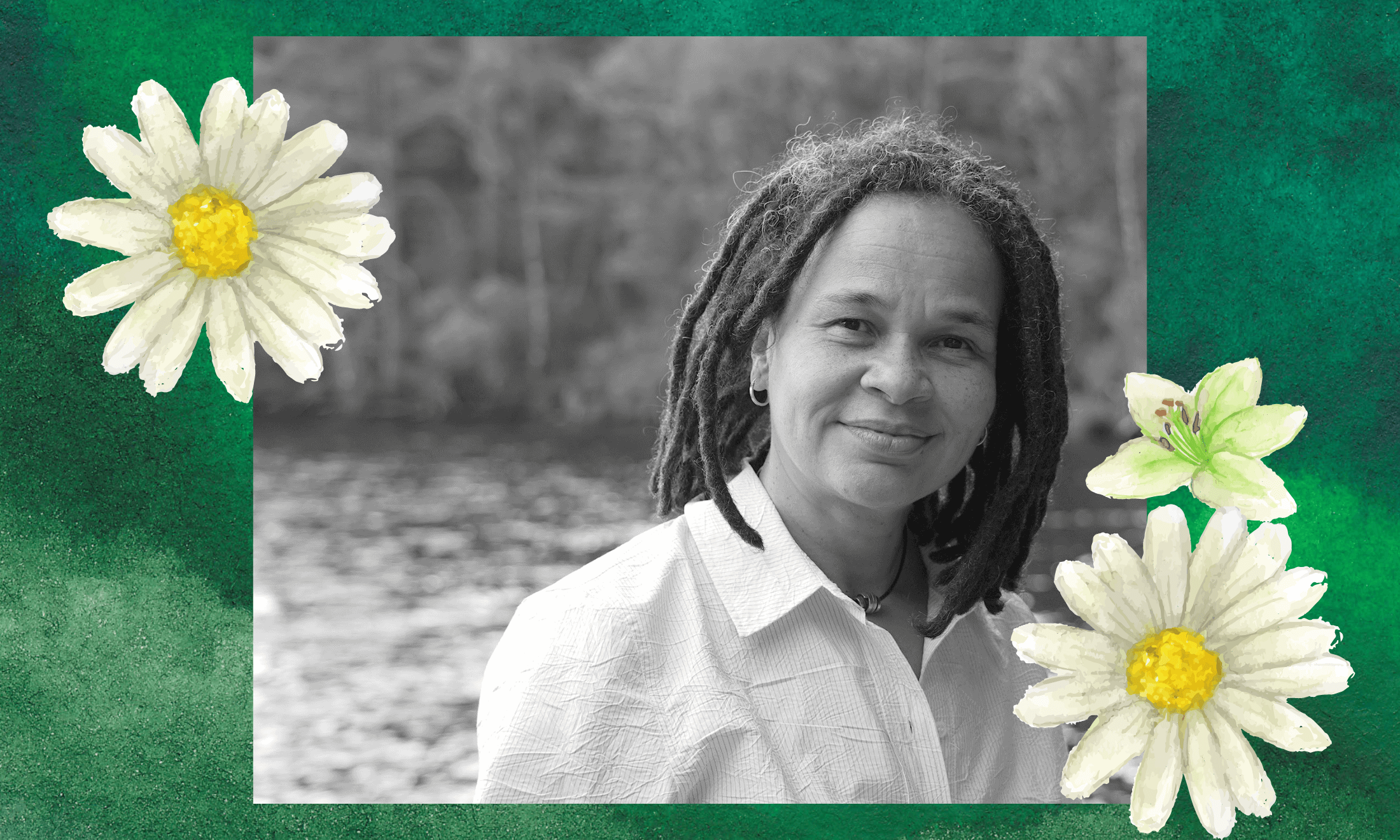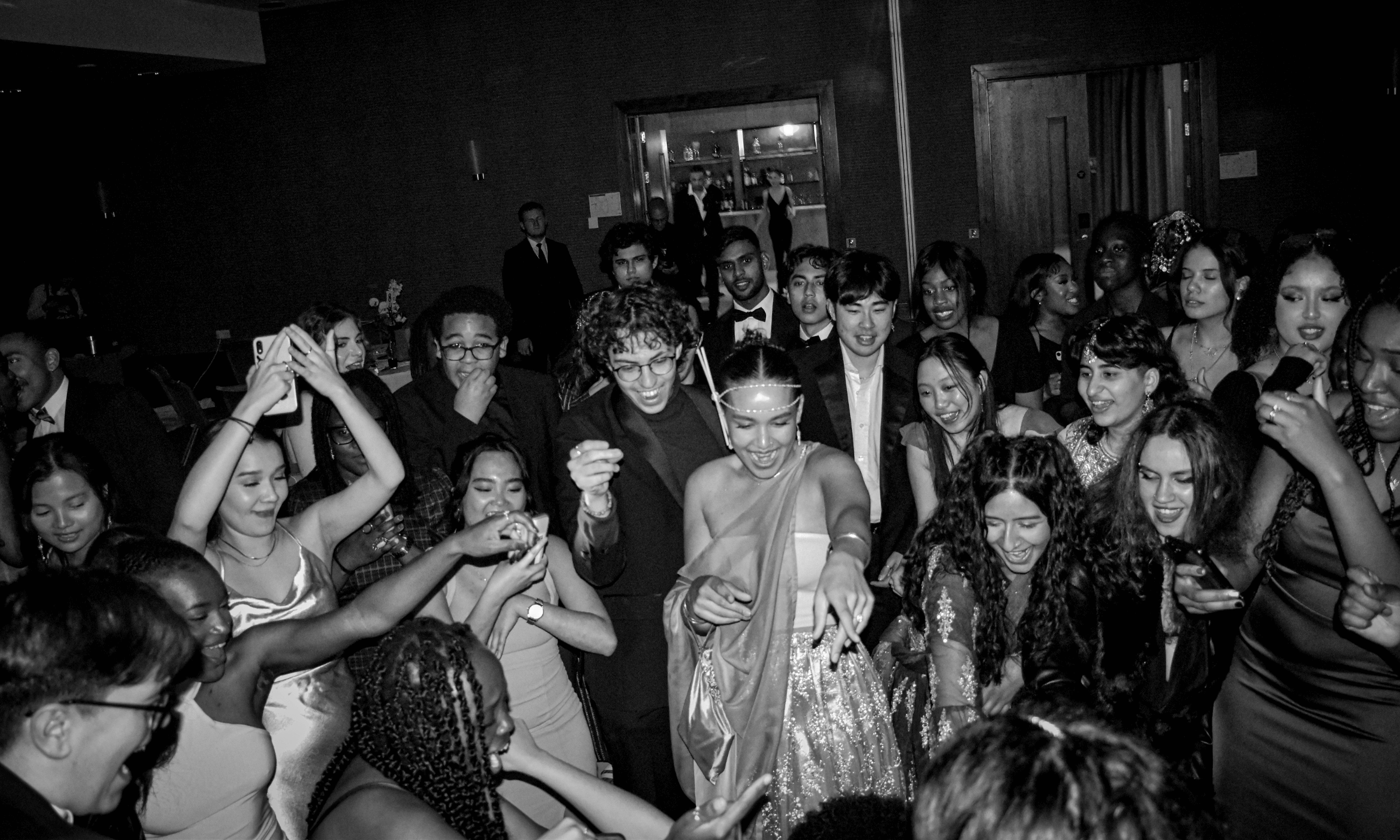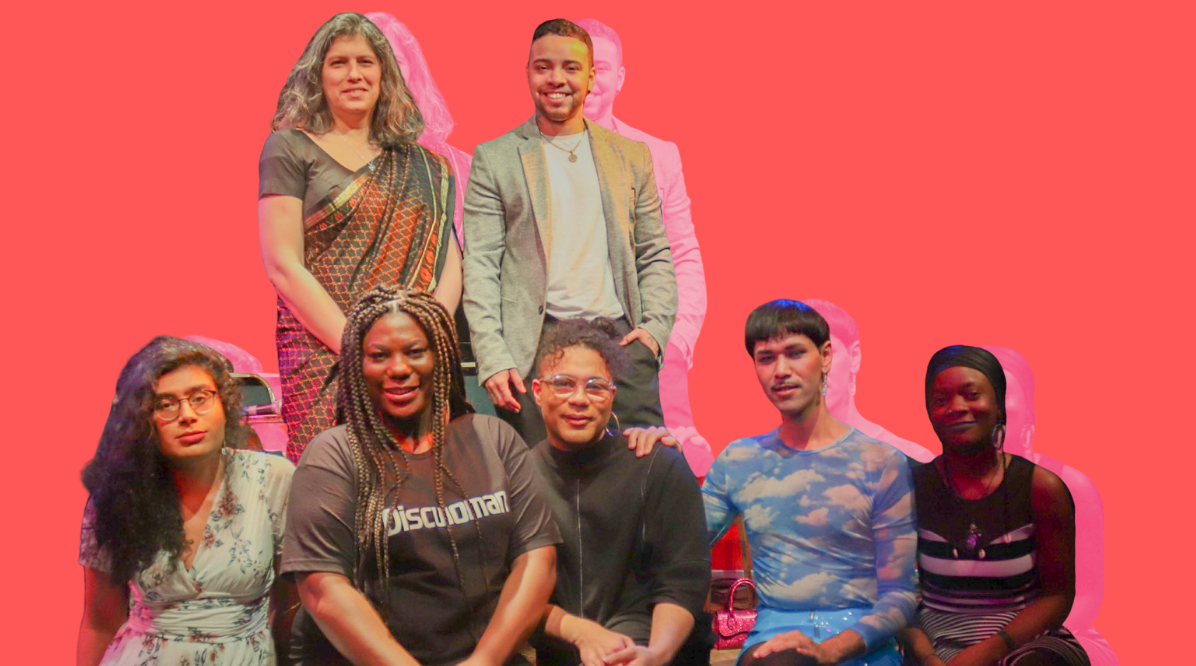
Image via Creative Commons
As of 2018, the wellness industry was dubbed to be worth $4.2 trillion. Previously relegated as fluff, meeting our nutrition, physical and mental health needs are all critical to keeping us in good health.
In the last 10 years, a whole new crop of wellness brands and influencers have burst onto the scene clogging up our social media feeds and biting into our disposable income. But the most popular trends tend to fit one aesthetic: middle class and white. So, it’s no surprise when a multi-million wellness company like Proactiv+ decides to use a white supermodel as the face of yet another inaccessible campaign.
As a woman of colour working within the wellness industry trying to influence both credible and inclusive content, the lack of diversity is stark. As well as leading the change in bringing regulation and content standards to the sector, having difficult conversations is part of the territory. These are made even harder when your audience doesn’t think you fit into their world.
In the last few years, I have seen more and more people of colour appearing on wellness panels, hosting events and launching products, but fundamentally the level of industry sponsorship and pick-up by consumers is simply not there.
“Lifestyle and disease are inextricably linked”
To unpick why an industry that has positioned itself as open and inclusive, still remains so fortified by whiteness, we need to go back to the mothership of wellness – our healthcare system. Health and wellness have often been positioned as two completely separate sectors, but we know now that lifestyle and disease are inextricably linked. You would think that the seemingly innocuous nature of the wellness scene, full of green juices and yoga pants, would be liberated from the bias that shackles its sister sector.
Inequality in the healthcare system has recently been called out as a major cause of worsening health outcomes experienced by people of colour. Just last year, racial bias was highlighted as a cause of the difference in care experienced by women of colour in the healthcare system.
An MBRRACE-UK report revealed black women are five times, and Asian women two times, more likely to die as a result of complications in their pregnancy than white women, with the authors of the report urgently calling for action to be taken to understand this disparity.
Dr Deyo Famuboni, a GP in the UK, explains why some of the issues we see in health, may have been carried over to the wellness industry: “There exists an inequality in health across ethnicities and several conditions appear more prevalent in people of colour. Current statistics held by Government reports that people of colour are less likely to be physically active or eat the adviser requirement of ‘5 vegetables and fruits a day’. This may contribute to the paucity of people of colour in the wellness industry even though this group are the most likely people to benefit from wellness tips and advise.”
“This is a complex issue and factors such as relatability, access to wellness, the openness of the industry to support and promote people of colour all contribute to this disconnect.”
Health and wellness has undeniably been linked to privilege. If you can’t access or afford quality food or health education, it becomes incredibly difficult to achieve the daily health recommendations which puts you automatically at a disadvantage.
“Tackling the issues of ethnic inequality is seen as too contentious and complex for our public health services.”
Despite the shocking research findings, we still aren’t seeing meaningful change in the experiences of people of colour when it comes to health. Public Health Matters, the official blog of Public Health England which provides insight and commentary on all aspects of public health, recently published an article that gets to the heart of why this is, highlighting that “many public health and healthcare commissioners in England feel uncertain about engaging with ethnic inequality, as it is an issue that can be seen as contentious and complex. As a result, there is not enough action, particularly at a local level, of reducing ethnic inequalities in health.”
James Nazroo, Professor of Sociology at the University of Manchester, who has extensively written on this subject, agrees that our mentality on the causes of health inequality needs to shift: “There needs to be a greater awareness of the evidence that ethnic inequalities in health are driven by social and economic inequalities, rather than by cultural or genetic factors. As well as income, etc. experiences of racism and discrimination play an important role in causing the inequality in health that ethnic minority people face.”
This begs the question, if our public health service finds it too difficult to tackles the issues of ethnic inequality, what possible incentive does the privatised sector of wellness offer?
The covert consumerism that drives much of the wellness industry, has focused on reaching those with the maximum level of disposable income, the white middle class. This has resulted in those at the bottom of the totem pole being left completely out of the conversation.
“New wellness trend of inclusivity is just a repackaged version of tokenism”
The wellness industry, by its broad nature, has an opportunity to not only impact a large audience but make a real difference in empowering people to make small but meaningful lifestyle changes that can have tremendous benefits on their health. But how are PoC meant to learn about the many benefits from outside the classroom if they are not even being seen by the wellness industry?
Welltodo, a business intelligence platform, recently release an insights report which flagged “Inclusivity” as a trend for 2019, looking specifically at how wellness business can harness previously untapped communities. As a woman of colour in the industry, this is where it starts to get uncomfortable. It remains to be seen if the new wellness trend of inclusivity is just a repackaged version of tokenism.
When it comes to making the wellness scene truly inclusive, it has to be a lot more than including a few brown faces on an Instagram ad for a new protein powder. To relegate people of colour as just another group to maximise profit is not only damaging but widens the chasm of inequality.
If the wellness industry wants to be taken seriously as a diverse place, it has to take health education seriously and acknowledge that for many people of colour, how we are able to access and achieve wellness is very different than the affluent white middle class it currently caters for.









